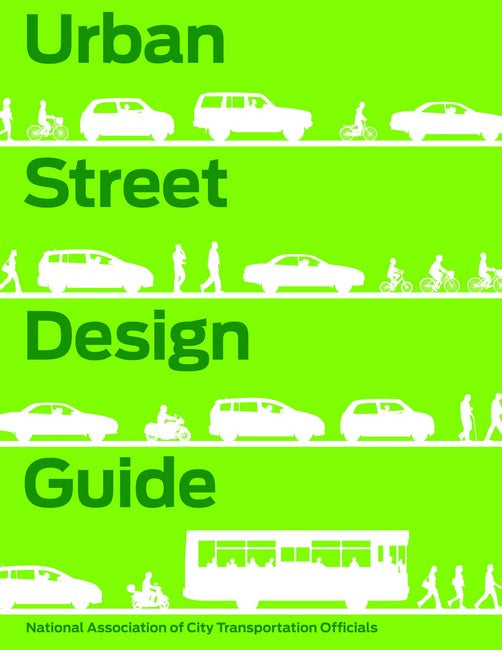1
/
of
1
Urban Street Design Guide
Urban Street Design Guide
SKU:9781610914949
Regular price
$96.80 AUD
Regular price
$121.00 AUD
Sale price
$96.80 AUD
Unit price
/
per
Taxes included.
Shipping calculated at checkout.
Share
The NACTO Urban Street Design Guide shows how streets of every size can be reimagined and reoriented to prioritize safe driving and transit, biking, walking, and public activity. Unlike older, more conservative engineering manuals, this design guide emphasizes the core principle that urban streets are public places and have a larger role to play in communities than solely being conduits for traffic.
The well-illustrated guide offers blueprints of street design from multiple perspectives, from the bird's eye view to granular details. Case studies from around the country clearly show how to implement best practices, as well as provide guidance for customizing design applications to a city's unique needs. Urban Street Design Guide outlines five goals and tenets of world-class street design:
Elaborating on these fundamental principles, the guide offers substantive direction for cities seeking to improve street design to create more inclusive, multi-modal urban environments. It is an exceptional resource for redesigning streets to serve the needs of 21st century cities, whose residents and visitors demand a variety of transportation options, safer streets, and vibrant community life.
About the Author
About the Author
Couldn't load pickup availability


